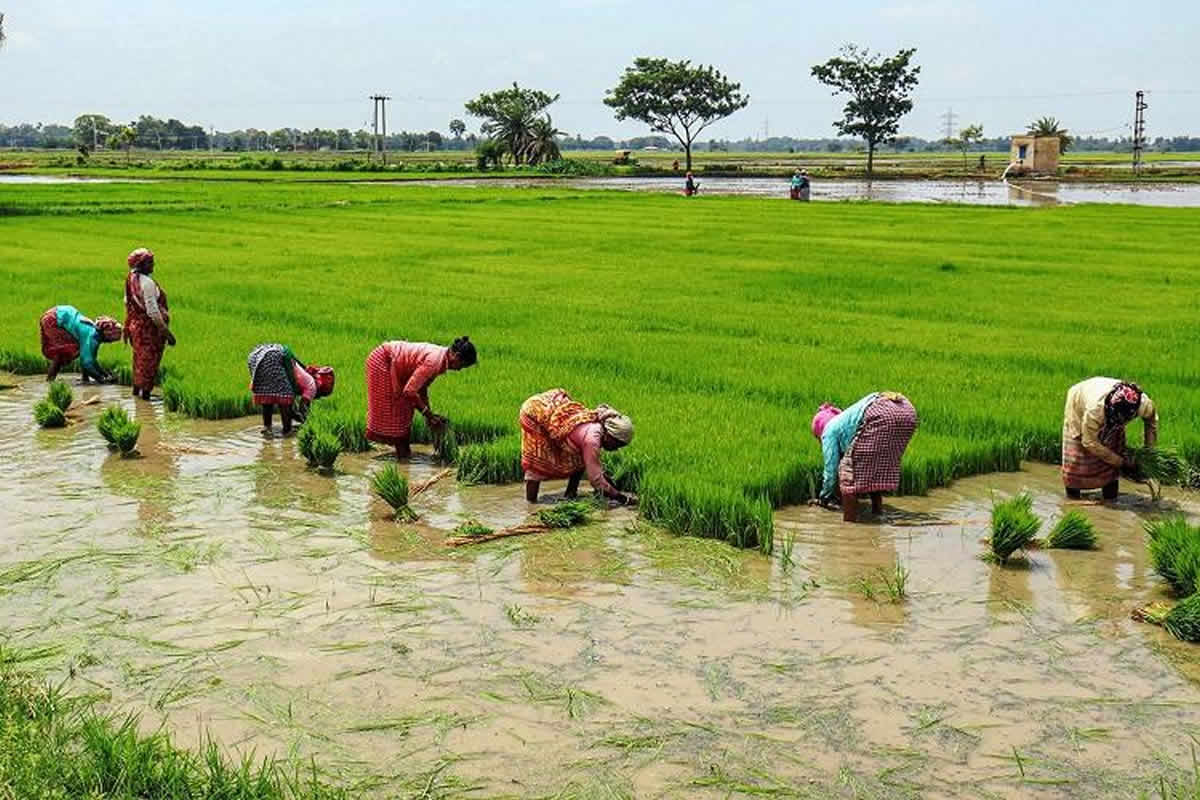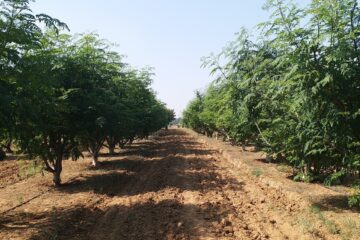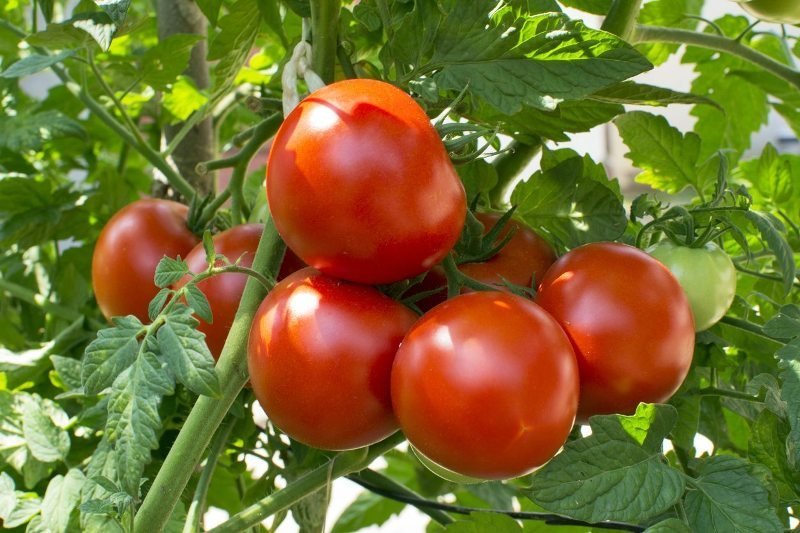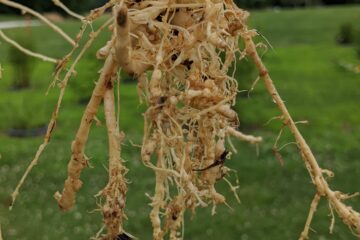Published in: July 2018
In India, rice is cultivated in 563 districts, contributing 42% of the country’s total food production. As the population grows, so does the demand for rice, making high-yield cultivation essential.
Kuruvai Season Paddy Varieties
The Kuruvai season lasts about 95-115 days, with sowing in June-July and harvesting by August-September. In Tamil Nadu’s Cauvery Delta alone, around 400,000 acres are planted with paddy during this season.
- ADT 36
- Duration: 110 days
- Yield: 6 tons per hectare
- Characteristics: Short and sturdy; resistant to toppling. The grains are medium-white, and it moderately resists stem borer and sheath blight diseases. Suitable for cultivation across Tamil Nadu.
- ADT 37
- Duration: 105 days
- Yield: 5.5-6 tons per hectare
- Characteristics: Short, plump, white grains; resists sheath blight, brown spot, and pests like stem borers, leafhoppers, and green leafhoppers. It also tolerates blast and yellowing diseases.
- ADT 42
- Duration: 115 days
- Yield: 6-6.5 tons per hectare
- Characteristics: Long, slender, white grains; partially resists sheath blight and stem borer. Suitable for Sorna, Kar, and Kuruvai seasons across Tamil Nadu.
- ADT 43
- Duration: 105-110 days
- Yield: 6 tons per hectare
- Characteristics: Medium-white grains; performs well in Sorna, Kar, and Kuruvai seasons.
- ADT 45
- Duration: 105-115 days
- Yield: 6 tons per hectare
- Characteristics: Medium grains, with a 65% head rice recovery rate. Suitable for Sorna, Kar, and Kuruvai seasons; moderate resistance to stem borer and toppling.
- ADT 47
- Duration: 115-118 days
- Yield: 7 tons per hectare
- Characteristics: Medium-white grains; resistant to blast and tungro virus; suitable for Sorna, Kar, Kuruvai, and Navarai seasons.
- ADT 48
- Duration: 95 days
- Yield: 4.8 tons per hectare
- Characteristics: Long, slender, white grains; drought-tolerant and ideal for direct seeding. Suitable for late Kuruvai in Thanjavur and Nagapattinam districts.
- Thirurkuppam 9
- Duration: 105-110 days
- Yield: 6.5 tons per hectare
- Characteristics: Short, sturdy grains; reddish in color.
- Ambai 16
- Duration: 115 days
- Yield: 5.5 tons per hectare
- Characteristics: Short, thick grains; good resistance to sheath blight and stem borer.
- Trichy 2
- Duration: 115-120 days
- Yield: 5.4 tons per hectare
- Characteristics: Long, slender, white grains; suitable for saline soils with good tolerance to sheath blight.
- Coimbatore 51
- Duration: 105-110 days
- Yield: 6.6 tons per hectare
- Characteristics: Slender, white grains; moderate resistance to stem borer, green leafhoppers, and sheath blight.
- Madurai 5
- Duration: 95-100 days
- Yield: 5 tons per hectare
- Characteristics: Medium-white grains; drought-resistant.
- Madurai 6
- Duration: 110-115 days
- Yield: 6.2 tons per hectare
- Characteristics: Long, slender, white grains; excellent for making rice flakes.
Seed Selection
Seed germination should exceed 80%. Farmers using their own seeds can separate quality seeds by soaking them in 1.2% saline solution (mixing 3 kg of salt in 18 liters of water) and using only the seeds that sink.
Seed Treatment
Soak seeds in a solution with 10 grams of Pseudomonas fluorescens per kilogram of seed for 24 hours, then drain and allow to sprout in a dark room for 24 hours. Before sowing, treat seeds with 200 grams each of Azospirillum and phosphobacteria.
Nursery Preparation
An area of 8 cents is required for seedlings per acre. The nursery should be in a well-drained location away from trees and power lines. Before the final tilling, apply 400 kg of manure, 16 kg of DAP or 6.4 kg of urea, and 48 kg of superphosphate as a basal application. Arrange raised beds with channels between them, sowing 3 kg of sprouted seeds per cent. For red rice, only 2-5 kg of seeds are required.
Water Management
Drain the water in the nursery bed 18-24 hours after sowing, but keep the bed moist to ensure good germination.
Weed Management
On the 8th day, apply 80 ml of butachlor or thiobencarb mixed with sand for weed control. Ensure there is enough water to keep the herbicide effective.
Fertilization
Apply manure according to soil analysis, or use the general recommendation of 50:20:20 ratio of nitrogen, phosphorus, and potassium per acre. This equals 109 kg of urea, 125 kg of superphosphate, and 34 kg of potash.
Integrated Pest and Disease Management
Adopt integrated pest management to protect yield, as pests and diseases can reduce it by 30%. Use pest-resistant varieties, perform summer plowing, apply neem cake as a basal treatment, and keep field bunds clean.
By following these practices, traditional rice varieties can yield 12-14 tons per hectare, and hybrid varieties can produce 22-36 tons.
Dr. Raja Ramesh, Agricultural Science Centre, Needamangalam-614404, Tiruvarur District.










